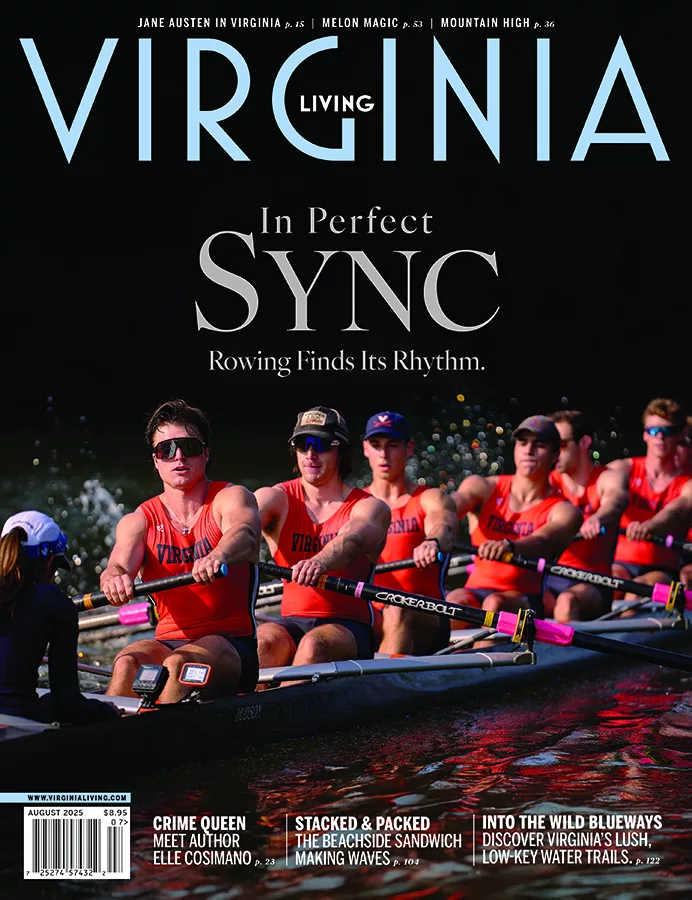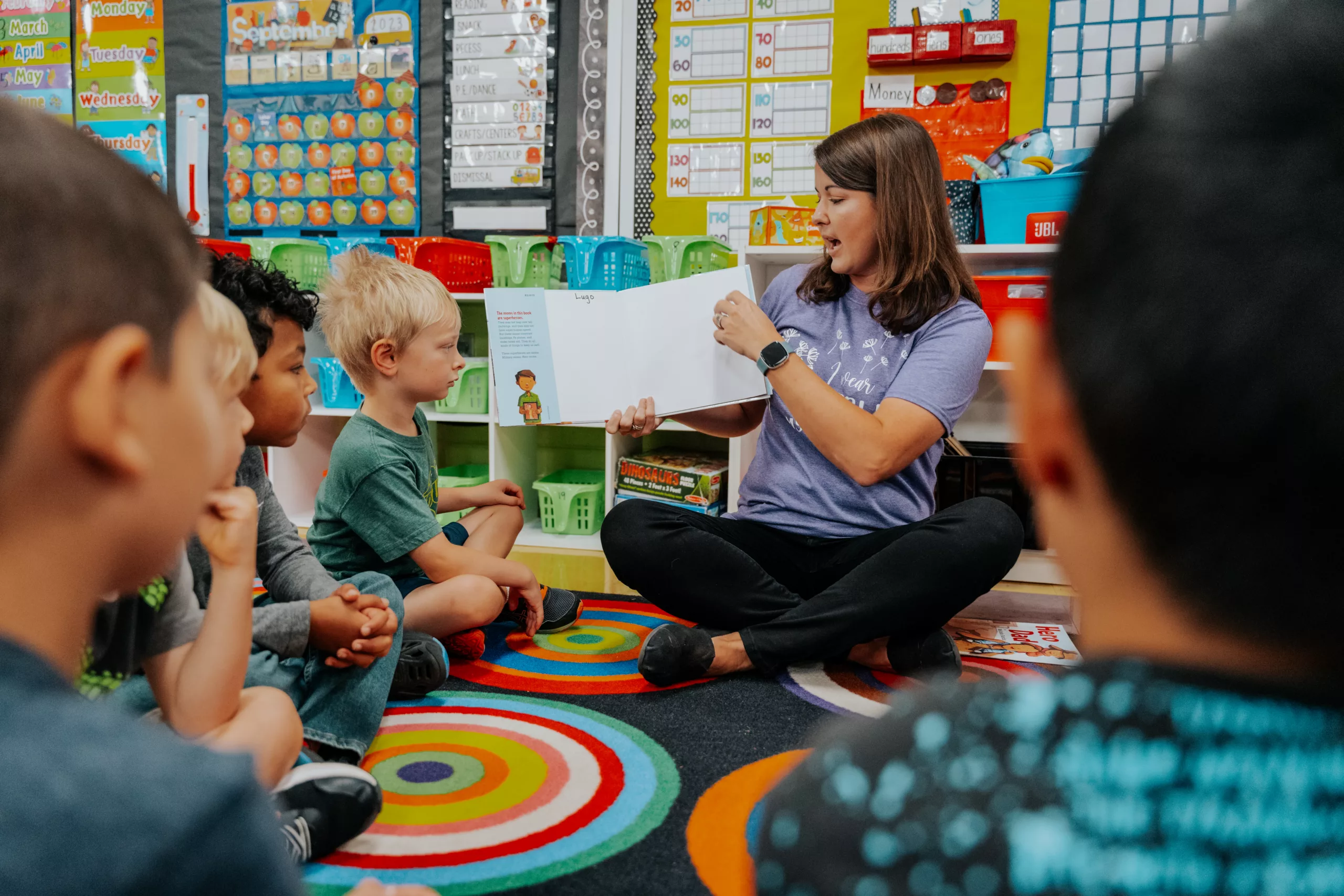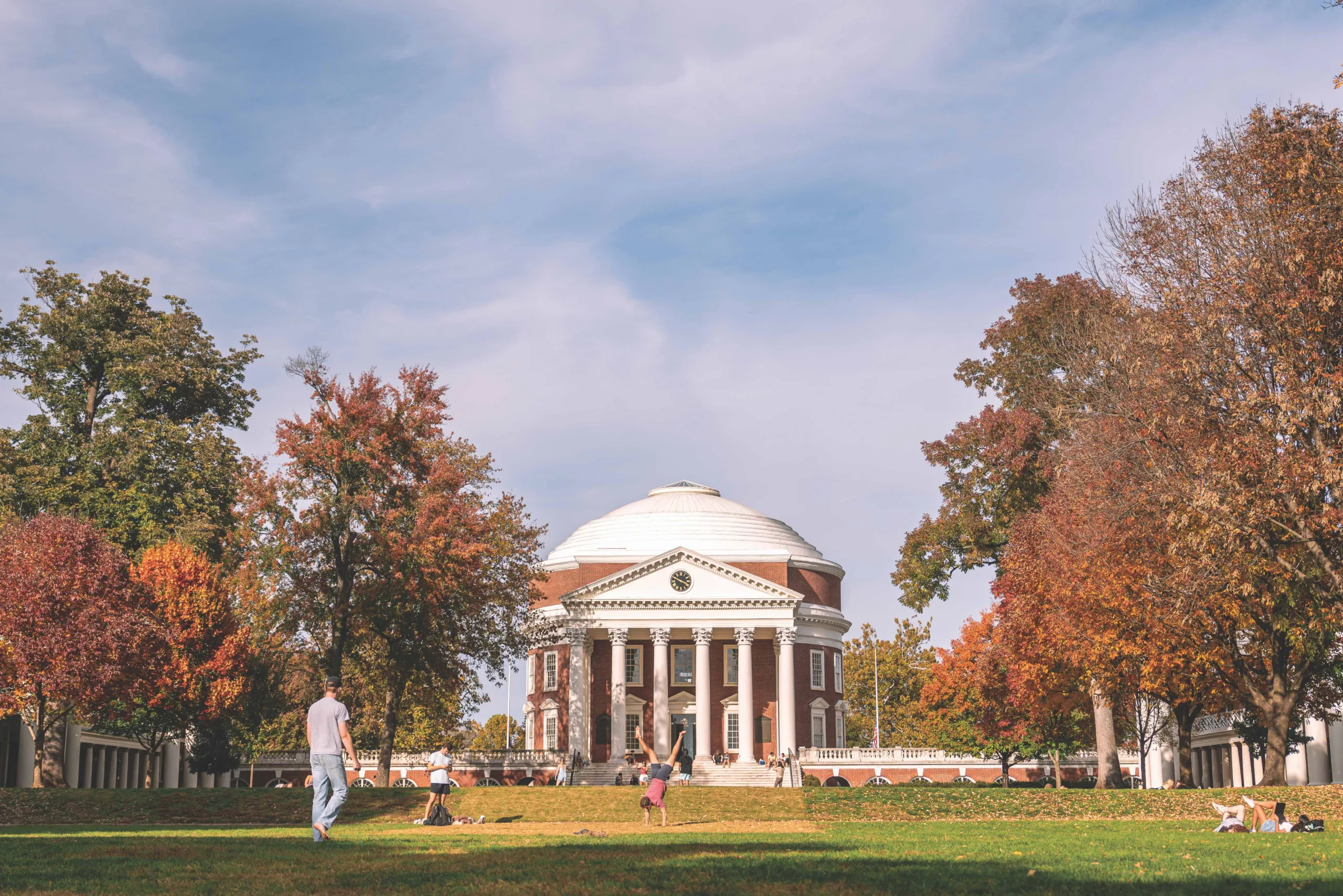Early memories shape the art we gravitate toward.
That could be a walk through the Met on a childhood trip to New York. Perhaps it’s the illustrations from a favorite children’s book or a certain angle in your bedroom that stretched your understanding of color and light as the hours and seasons evolved.
For Page Evans Corey, those early memories include riding ponies at Jamie and Phyllis Wyeth’s family farm. Sitting next to Andy Warhol and his two dachshunds, Archie and Amos, as they took a carriage around the Wyeth’s property. Carefully watching the colors and strokes take shape as Warhol and Wyeth painted each other’s portraits in their wildly different signature styles.
Joan Mitchell, Grace Hartigan, William Christenberry, Tom Bostelle, and Gene Davis were additional household names throughout Corey’s childhood, each playing a role in the mentorship and development in the career of her own mother, artist Mary Page Evans.


Two large floral mixed media pieces by David Douglas in art collector Page Evans Corey’s Richmond home. Corey spotted these pieces during a studio visit, and Douglas enlarged and framed them to fit on both sides of Corey’s living room window.
Corey recalls Warhol stopping by one of her mother’s shows. As he reflected on the drawings of trees, he remarked, “I prefer city trees. They have to work so much harder to stay alive.”
Her education was art by immersion and osmosis. When it wasn’t famous artists dropping by, it was visits to museums, galleries, or hearing the tales of the art classes her mother taught. Art was always there. It wasn’t just paint on a canvas. It was everything that surrounded her.
Mitchell once told Corey’s mother, “If you don’t feel it, don’t paint it.” And Corey has interpreted that into her creative art of collecting. She says, “If you don’t feel it—
if it doesn’t speak to you—don’t buy it.”

Page Evans Corey holds a catalog of painter Jamie Wyeth’s work, featuring a painting of Wyeth’s late wife Phyllis with her two carriage ponies Trumpet and Serene. Growing up, Corey had the privilege of riding these ponies, as visible in the photograph on the shelf.

Buying That First Piece
But feelings don’t have to come with a price tag that brings uneasy feelings, particularly as you’re starting your collection. “Buy what you love, buy what speaks to you. You don’t need to be constrained by budget. You can always find something you connect with, something that resonates,” says art curator Liza Pruitt, owner of the eponymous Richmond-based website for buying and sourcing art. “Art should give you a feeling. It should make you think.”
Start small when buying that first piece, particularly if you’re concerned with budget. Look at living artists and their drawings, works on paper, and editions. Pruitt suggests, “One way to acquire artwork from your favorite artists is to buy their small studies, which are often more affordable, allowing you to collect original pieces.”
And if you’re so inclined, keep your eyes open—you might just get lucky. The now-owner of an original Wolf Kahn (current appraisal value: $35K) scored it at thrift store for $7.

Additional works in Page Evans Corey’s Richmond home, from left: “Shenandoah Spring,” by Corey’s mother Mary Page Evans


Developing an Eye
To buy your first work—or your hundredth—seek to understand what you like, regardless of size, scale, or price. Exposure is the best way to learn the pieces that stir something inside of you. Look at art everywhere. Pay attention to colors in nature, lines in architecture, and the way the time of day makes you feel. Everything is an opportunity to train your senses.
Corey explains, “To create an eye and form an educated opinion, you need to look, and look, and look! Go to museums, go to galleries. This happens over a lifetime. But start early. And if you have children, start them early.”
She recalls taking her now-adult daughter to New York to see the Jackson Pollock retrospective at the Museum of Modern Art when she could barely walk. Today, that daughter sends Corey art as she travels. Recently, it was a photograph of “Flaming June,” an 1895 painting by Frederic Leighton at the Royal Academy of Art in London. “She texted me the link to an article about ‘Flaming June,’ which I knew nothing about. She’s teaching me!”

Additional works in Corey’s “Virginia Room,” including a 1980s floral still life by Corey’s mother Mary Page Evans. On the far wall, a copy of a Dutch still life painted by Corey’s great-great-aunt in Petersburg, and a small-scale abstract work by Richmond artist Frankie Slaughter.

Page Evans Corey’s dining room is dedicated exclusively to Virginia artists. This photograph and mixed media work by David Douglas, titled “Poet’s Yard,” is special to Corey as it features the home of the late poet and teacher Perry Epes, who taught Corey’s daughter at Episcopal High School and inspired her love of poetry.
Resonating Beyond the Brush
“It’s not always love at first sight. Art can grow on you depending on what’s happening or has happened in your life. At different times in your life, art speaks to you in different ways,” says Corey.
She thinks back on her first time seeing Edouard Manet’s “A Bar at the Folie-Bergere,” an 1882 painting at The Courtauld Gallery in London. “I first saw this in college and then again when I was going through a difficult time in my late 30s. I could identify with her loneliness,” remembers Corey. Yet she’s also identified with the liveliness and lyricism of Henri Matisse’s cutouts and the energy of Willem de Kooning paintings, like his 1964 “Woman, Sag Harbor” at the MoMA.
Her motivating factors for resonating with and collecting art aren’t soley related to the aesthetic appeal, but the significance and relevance it has for her in a moment. That changes over the course of a lifetime, and it’s why art that feels resonant has the ability to transport us through place and time.

This painting by Ryan Cannon, “Aspen Woods,” in Liza Pruitt’s kitchen reminds her of her time in Jackson, Wyoming, where she met and married her husband.

“Caribbean Honeymoon,” by Erin Donahue Tice, currently hangs in Liza Pruitt’s playroom, but is available for sale on her website.


“Goodness and Mercy,” by Anna Vaughn Kincheloe, hangs in Pruitt’s playroom. Pruitt doesn’t dumb down the art in this functional space for her two daughters who love animals—especially their sweet girl Huntley.
Supporting Emerging Artists
Original art comes at a price that reflects the energy and talent that’s poured into a piece. As is often said, you pay for the years of training and honing a craft, not the hours spent on the canvas. To that end, emerging artists are a way to support the arts while also finding original works at a lower price. This is where you’ll find artists experimenting and trying their hand at a new-to-them medium or at scales outside of their comfort zone.
To find emerging artists, look to the places where young artists are learning and testing their skills. “Go to art schools, and ask if there are works for sale. Virginia Commonwealth University in Richmond is a great place to start. And explore what high school art teachers are doing,” says Corey.
Among her collection, she has works from her daughters’ art teachers, some who are now showing in major galleries. “Frank Phillips, whose work is reminiscent of Richard Diebenkorn, taught both my daughters. I love the work of David Douglas, an amazing artist, who still teaches art and photography at Episcopal High School in Alexandria.”

Art curator Liza Pruitt in her Manakin-Sabot home.


Realizing the Collector is the Connection
In a museum, artwork is organized by era, style, or retrospective. But a home is not a museum, and, while themes and common threads may emerge, the most important
connection between pieces in a collection is the collector.
“Art should mirror your individual tastes and life stories. As your collection expands, a sense of unity may gradually form. Initially, just enjoy the process and let your personal taste guide your choices, rather than focusing on a unified theme or style,” explains Pruitt.
Evans gravitates toward pieces that she feels a kinship with, comparing the process to choosing friends. She’s not looking for small talk in her art—she wants to find a below-the-surface connection. “I tend to collect art from artists I know or artists whose stories I know. I like to feel some sort of connection to the artist, the place, the spirit of the piece. Ideally, I want the piece to have a soul,” says Corey.
However, that connection doesn’t have to take itself too seriously. You need the friend that encourages lighthearted laughter, just as you need the one that listens to your deepest secrets late into the night. “You don’t need all serious friends or art,” says Corey. She has art from reputable galleries and auction houses along with works she’s picked up at flea markets and garage sales.
Regardless of provenance, one thing, Corey says, remains the same. “You learn so much through art. The education never ends. Make the effort to see local shows. Visit museums when you’re traveling. Take advantage of your hometown’s galleries. That is a big part of what motivates me to travel. Seeing and collecting art.”

This article originally appeared in the December 2024 issue.










